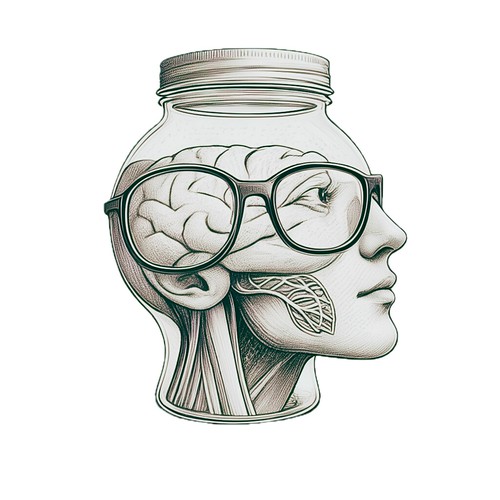Trauma
THE TRAUMA WARD, in all its blinding whiteness, resembles some scenes from shows I enjoyed watching in the past—namely, Downton Abbey where Lady Edith Crawley distributed letters among wounded soldiers, many of them with bandaged heads like Lazarus; and Atonement where the young nurse Briony Tallis changed the sheets and brushed the bed pans as the stern chief nurse, also a nun, looked on.
Now, you may laugh at me for saying this, but being in the midst of broken bones and lacerated bowels for a week made me feel like I was brought back to the World War One years, only that I did not care for dying soldiers who fought for their countrymen, but for patients who sustained multiple injuries due to reasons vastly different from heroism.
I enjoyed my exposure at the Trauma Ward because I only had to monitor a few patients, mostly those who were hooked on mechanical ventilators, or those who were recently weaned out of the Post-Anesthesia Care Unit.
Trauma also gave me a break from the sadness and depression of seeing the usual set of surgical patients: those with growing, malignant tumors who need urgent chemotherapy or surgery, but who cannot afford to even pay for simple, routine lab tests.
The patients I met at Ward 14A have looked at death in the eye, but I doubt if they remember if Death really wears black. A lot of them were drunk while they rode their motorcycles and crashed on fast-moving vehicles—too drunk, in fact, to even remember wearing their helmets.
Consider this, then: what if we have laws effectively banning all alcoholic beverage? These traumatic cases would be reduced significantly. But the economy would probably plummet, parties would feel boring, and people would get cranky. Better have a happy and mangled population than a sad, healthy one.
If anything, Trauma opened my eyes to the other end of the human experience, to situations I only saw on TV Patrol. People actually stab or shoot each other, leaving their mothers and live-in partners in great emotional and financial distress—and giving trauma surgeons more work.
I was monitoring our patients' vital signs this afternoon. After my rounds, I asked one patient, his head lined with stapled stitches after sustaining a severe head injury, what things he learned from the experience. "Hindi na po ako iinom bago magmaneho," he said. And he better not do it again; there might not be another next time.
I was being gentle.
That's what I get from watching too much films, I guess: thinking that my life in PGH can resemble movie scenes. (Oh, but it sometimes really does: like this one time when a hysterical woman rushed to the Emergency Room shouting, "Nasaan ang anak ko? Ako ang ina niya!" But that deserves another entry altogether.)
I enjoyed my exposure at the Trauma Ward because I only had to monitor a few patients, mostly those who were hooked on mechanical ventilators, or those who were recently weaned out of the Post-Anesthesia Care Unit.
Trauma also gave me a break from the sadness and depression of seeing the usual set of surgical patients: those with growing, malignant tumors who need urgent chemotherapy or surgery, but who cannot afford to even pay for simple, routine lab tests.
The patients I met at Ward 14A have looked at death in the eye, but I doubt if they remember if Death really wears black. A lot of them were drunk while they rode their motorcycles and crashed on fast-moving vehicles—too drunk, in fact, to even remember wearing their helmets.
Consider this, then: what if we have laws effectively banning all alcoholic beverage? These traumatic cases would be reduced significantly. But the economy would probably plummet, parties would feel boring, and people would get cranky. Better have a happy and mangled population than a sad, healthy one.
If anything, Trauma opened my eyes to the other end of the human experience, to situations I only saw on TV Patrol. People actually stab or shoot each other, leaving their mothers and live-in partners in great emotional and financial distress—and giving trauma surgeons more work.
I was monitoring our patients' vital signs this afternoon. After my rounds, I asked one patient, his head lined with stapled stitches after sustaining a severe head injury, what things he learned from the experience. "Hindi na po ako iinom bago magmaneho," he said. And he better not do it again; there might not be another next time.
I was being gentle.
Labels: journal, medicine, photography

0 Comments:
Post a Comment
<< Home